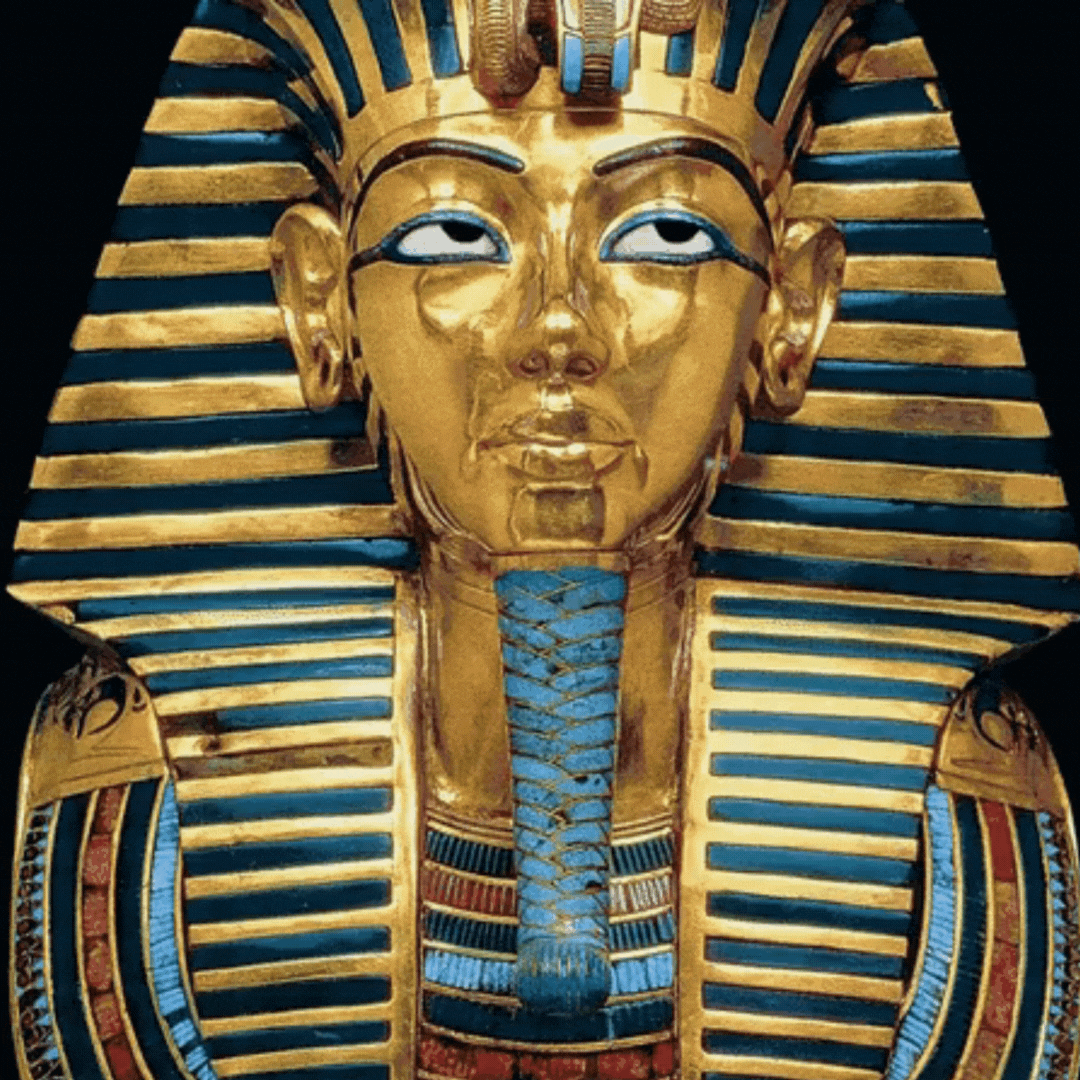
Bacterial biofilms on gold grains
This review summarizes the current knowledge concerning the composition and functional capabilities of Au-grain communities, and identifies contributions of key-species involved in Au-cycling. To date, community data are available from grains collected at 10 sites in Australia, New Zealand and South America. The majority of detected operational taxonomic units detected belong to the α-, β– and γ-Proteobacteria and the Actinobacteria. A range of organisms appears to contribute predominantly to biofilm establishment and nutrient cycling, some affect the mobilization of Au via excretion of Au-complexing ligands, e.g. organic acids, thiosulfate and cyanide, while a range of resident Proteobacteria, especially Cupriavidus metallidurans and Delftia acidovorans, have developed Au-specific biochemical responses to deal with Au-toxicity and reductively precipitate mobile Au-complexes. This leads to the biomineralization of secondary Au and drives the environmental cycle of Au.
Source: Bacterial biofilms on gold grains—implications for geomicrobial transformations of gold


Leave a Reply